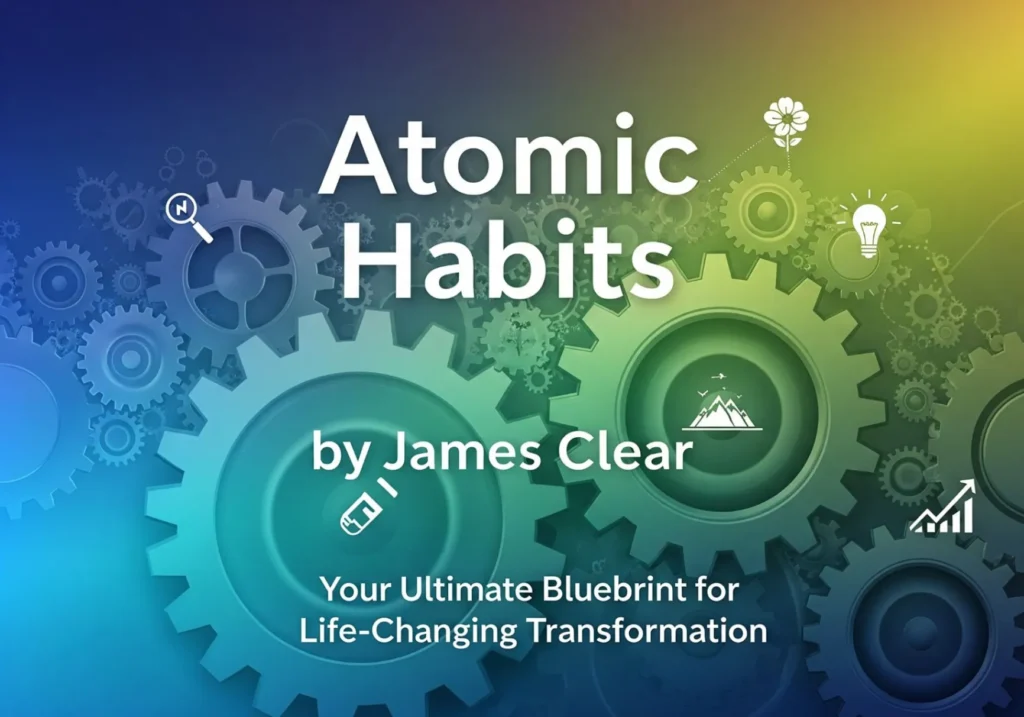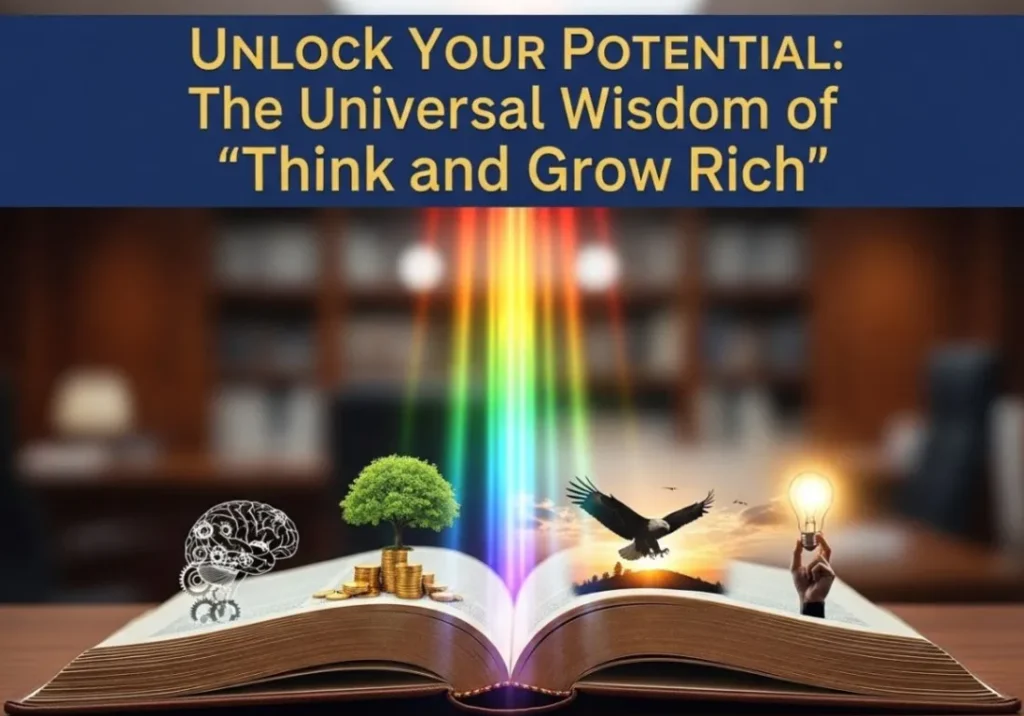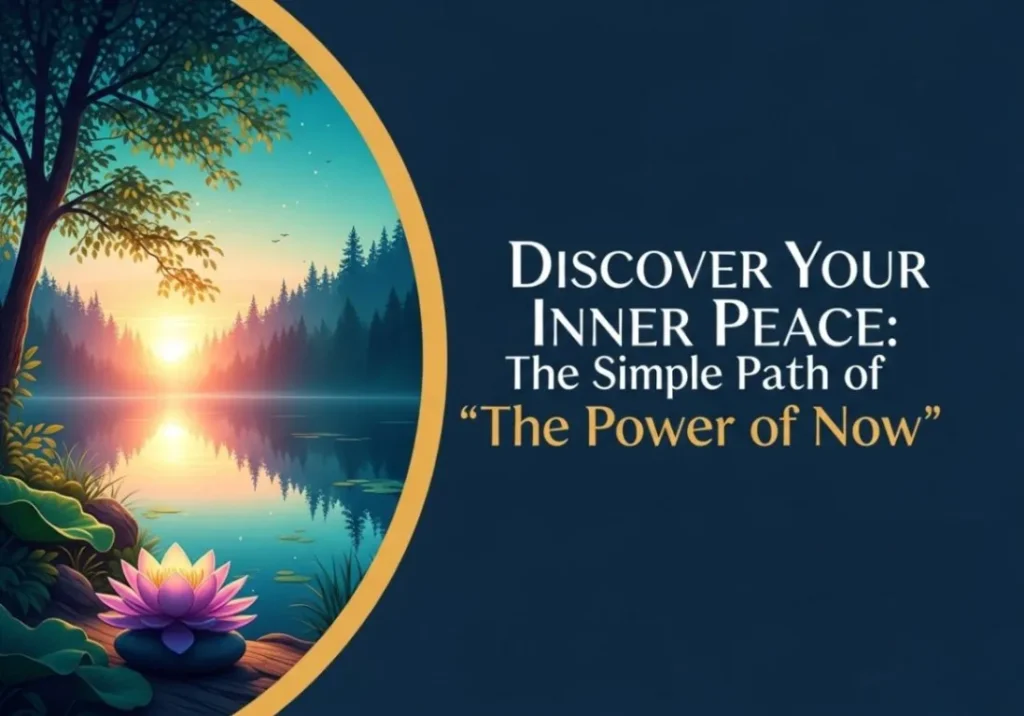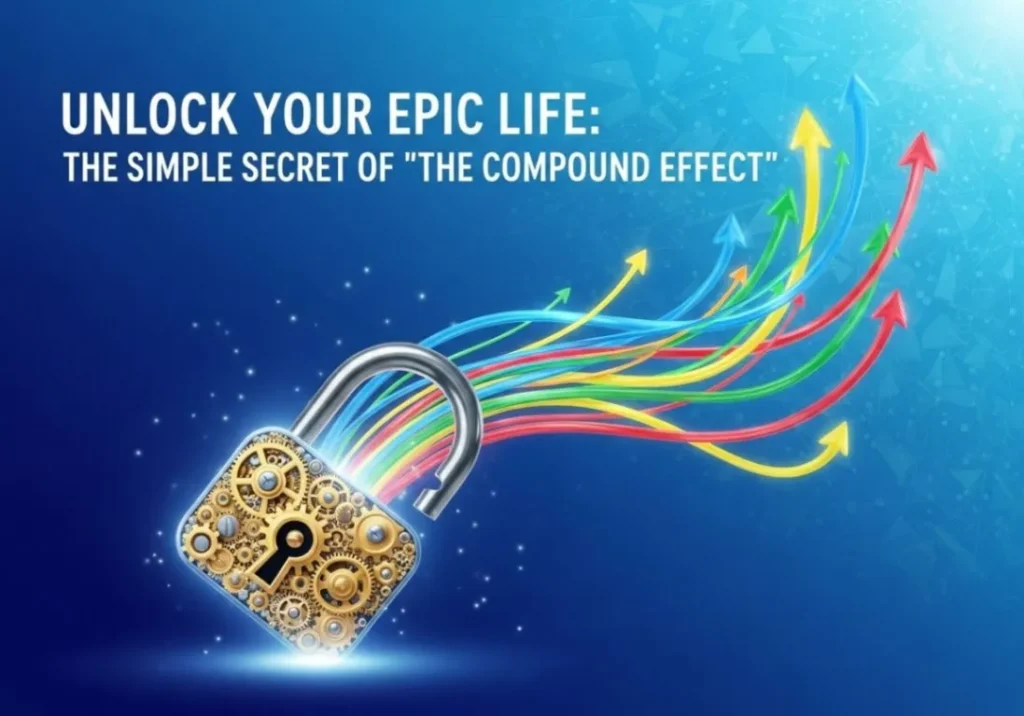Your Personal OS Upgrade: Mastering Life with “The 7 Habits of Highly Effective People”

Introduction: The Effectiveness Paradox
Are you constantly busy, yet somehow feel like you’re just treading water? Your calendar’s packed, your inbox is overflowing, and your to-do list seems to multiply by the minute. This is the modern paradox: we’re surrounded by productivity hacks and apps, yet we often feel more fragmented and less in control.
What if the solution isn’t another app, but a fundamental upgrade to your personal operating system?
In 1989, Stephen R. Covey released “The 7 Habits of Highly Effective People.” This wasn’t about quick fixes; it was about a radical shift in perspective that has since become one of the most influential self-help books of all time.
You can be incredibly efficient at climbing a ladder, but if it’s leaning against the wrong wall, you’re just getting to the wrong place faster.
“The 7 Habits” is a manual for ensuring your ladder is against the right wall, and then climbing it with purpose. This isn’t just a summary; it’s your definitive 21st-century guide to installing Covey’s personal operating system. We’ll explore each habit in depth, translate its wisdom for our hyper-connected world, and give you a blueprint for a life of purpose, focus, and meaningful achievement.
The Prerequisite: A Fundamental Paradigm Shift
Before Habit 1, Covey insists on an “Inside-Out Approach.” True effectiveness comes not from surface-level personality traits, but from a solid character foundation of integrity, humility, and courage.
What is a Paradigm?
A paradigm is the lens through which you see the world—your personal map. If you’re trying to navigate Chicago with a map of Detroit, you’ll remain lost. The 7 Habits is about examining your internal maps and aligning them with proven principles (the “territory”).
The journey is clear: you can’t achieve sustainable, external success (Public Victory) without first achieving internal mastery (Private Victory). You must work on yourself before you can effectively work with others.
Part 1: The Private Victory – From Dependence to Independence
These first three habits are about self-mastery and taking full ownership of your life.
Habit 1: Be Proactive®
Proactivity means recognizing that between stimulus and response, we have the freedom to choose. We are responsible for our own lives; our behavior is a product of our decisions, not our conditions.

Circle of Concern vs. Circle of Influence
- Circle of Concern: All the things we worry about but cannot control (e.g., global economy, politics). Reactive people focus here.
- Circle of Influence: The things we can actually do something about (e.g., our skills, attitude, work ethic). Proactive people focus here, expanding their influence over time.
The 21st-Century Spin:
Our modern world is a machine for creating reactivity. Proactivity means turning off non-essential notifications, choosing not to get sucked into social media outrage, and identifying problems and solutions without constant oversight in a remote work environment.
Actionable Takeaway: The Language Audit
For one week, listen to your language. Catch reactive phrases like “I have to” or “He makes me so mad.” Pause and rephrase them into proactive statements: “I choose to” and “I control my own feelings.” This rewires your brain to see choice where you once saw constraint.
Habit 2: Begin with the End in Mind®
This is the habit of personal vision. It means starting every day, task, or project with a clear destination. It’s based on the principle that all things are created twice: first, a mental creation (the plan), and second, a physical creation (the result).
The most effective way to practice this is to develop a Personal Mission Statement—your personal constitution that clarifies your values and goals.
The 21st-Century Spin:
In an age of career fluidity, a personal mission statement acts as an anchor. It helps you build an authentic personal brand from the inside out and ensures projects are defined by a clear vision of success before they even begin.
Actionable Takeaway: The Funeral Exercise
Imagine attending your own funeral. Four speakers are there: a family member, a friend, a work colleague, and someone from your community. What would you want them to say about you and your life? What contributions would you want them to remember? Your answers form the raw material for your personal mission statement.
Habit 3: Put First Things First®
This is the physical creation of the first two habits. It’s about organizing and executing around your most important priorities.

The Time Management Matrix
- Quadrant I (Urgent & Important): Crises, deadlines. (Manage)
- Quadrant II (Not Urgent & Important): Prevention, planning, relationship building. (FOCUS HERE)
- Quadrant III (Urgent & Not Important): Many emails, some meetings. (Avoid)
- Quadrant IV (Not Urgent & Not Important): Time wasters. (Limit)
The 21st-Century Spin:
The modern world is a Quadrant III factory, creating an illusion of productivity. True effectiveness is ignoring the urgent pings to focus on deep, strategic Quadrant II work and having the courage to say “no” to protect your time.
Actionable Takeaway: The “Big Rocks” Weekly Plan
At the start of the week, identify 2-3 “big rocks” (most important goals). Open your calendar and schedule specific time blocks to work on them. Treat these appointments with yourself as seriously as an appointment with your CEO.
Part 2: The Public Victory – From Independence to Interdependence
These next three habits are about teamwork, cooperation, and communication.
Habit 4: Think Win-Win®
Win-Win is a philosophy that constantly seeks mutual benefit in all interactions. It requires both courage (stating your needs) and consideration (respecting the needs of others). It’s based on an abundance mentality—the belief that there is plenty for everybody.
The highest form of this is Win-Win or No Deal, where if you can’t find a mutually beneficial solution, you agree to disagree respectfully without making a deal.
The 21st-Century Spin:
This mindset transforms salary negotiations from a battle into a creative collaboration. It’s the foundation of agile, cross-functional teams where success is shared, and it’s the modern model for building long-term, innovative partnerships with suppliers.
Actionable Takeaway: Reframe a Conflict
Think of a current disagreement. First, try to identify the other person’s “win”—what do they truly need? Then, clearly define your “win.” Finally, brainstorm at least three new options that could satisfy both sides, shifting from confrontation to creative problem-solving.
Habit 5: Seek First to Understand, Then to Be Understood®
This is the most important principle of interpersonal communication. We typically listen with the intent to reply. This habit demands we practice Empathetic Listening—listening with the intent to understand the feeling and meaning behind the words. Only after the other person feels truly heard can you effectively present your own perspective.

The 21st-Century Spin:
In an age of text-based miscommunication, this habit is a superpower. It means pausing to seek clarification on a blunt email before reacting. For leaders, it means listening to feedback without defensiveness. Online, it’s the radical act of asking “Why do you believe that?” and genuinely listening.
Actionable Takeaway: The Paraphrasing Practice
In your next important conversation, don’t state your own view until you have first restated the other person’s ideas to their satisfaction. Use phrases like, “So, if I’m hearing you correctly…” This forces you to listen and makes the other person feel validated.
Habit 6: Synergize®
Synergy is the habit of creative cooperation, where the whole is greater than the sum of its parts (1+1=3). It’s the magic that happens when people practicing Habits 4 and 5 come together, valuing their differences to create new, “Third Alternatives” that no one had considered before.
The 21st-Century Spin:
Synergy is the principle behind diverse and inclusive teams, which are proven to be more innovative. It’s the only way to solve complex problems, from global challenges down to cross-departmental projects at work.
Actionable Takeaway: The “Third Alternative” Hunt
In a meeting with two opposing viewpoints, play the synergizer. Use Habit 5 to make both sides feel heard, then say, “Let’s brainstorm a ‘third alternative’ that combines the best of both ideas.” This reframes conflict into a creative challenge.
Part 3: Renewal
Habit 7: Sharpen the Saw®
This habit is about preserving and enhancing your greatest asset—you. It’s about regularly investing in the four key dimensions of your life so you can continue to practice the other six habits effectively.

The Four Dimensions of Renewal
- Physical: Exercise, nutrition, stress management.
- Spiritual: Clarifying values, meditation, time in nature.
- Mental: Reading, learning, writing, planning.
- Social/Emotional: Service, empathy, building relationships.
The 21st-Century Spin:
This is the ultimate antidote to burnout culture. It insists that rest and hobbies are essential for performance. It includes digital detoxes to rest your mind and embraces lifelong learning as a career imperative in a fast-changing economy.
Actionable Takeaway: Schedule a “Sharpen the Saw” Appointment
Look at your calendar for the upcoming week. Schedule one non-negotiable appointment for each of the four dimensions, such as a 30-minute walk (Physical), 10 minutes of journaling (Spiritual), 30 minutes of reading (Mental), and a dedicated phone call with a friend (Social/Emotional).
The Verdict: A Timeless Blueprint for a Life of Principle
“The 7 Habits of Highly Effective People” is not a quick-fix checklist; it’s a lifelong operating manual. The journey from dependence to independence to interdependence is the very definition of human maturity and leadership.
In a world that often rewards the loud, the reactive, and the superficial, the 7 Habits are a quiet, powerful call to a different way of being.
Installing this personal operating system isn’t easy. It takes conscious, consistent effort. But the result is a life that isn’t just productive, but is truly, deeply effective.





Now, It’s Your Turn!
Which of the 7 Habits do you find most challenging to practice in your daily life? Share your experience in the comments below!